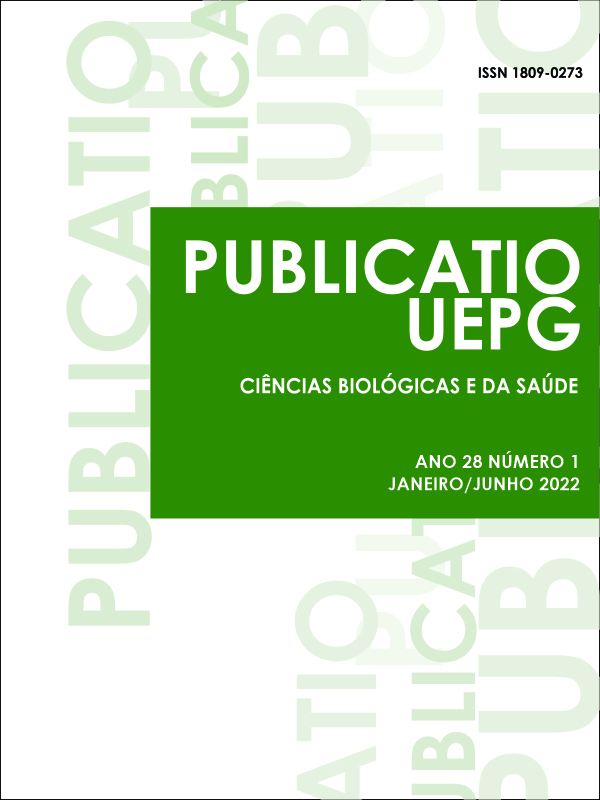DIAGNOSIS OF CARIES LESIONS: LITERATURE REVIEW.
Abstract
Caries disease has different etiological factors and when installed in its host, it needs to be diagnosed quickly, thus avoiding possible complications in the patient's tooth structure, health and esthetics. Some dental regions present difficulties in identifying these lesions, which may result in the need to use associated methods, such as imaging exams. The aim of this study was to review the literature on the importance of imaging tests to complement the diagnosis of caries lesions. Conventional radiography, the first method developed and still used, shows good results, however, it has some disadvantages, such as: processing time, possibility of errors during the process and the need for physical space for storage. Digital radiographs, on the other hand, have better image quality, less exposure to X-rays, easier storage and visualization, in addition to the possibility of manipulation in software, resulting in greater sensitivity and specificity in diagnosis. Other tests are also used, such as: cone beam computed tomography (CBCT), which should not be the first option due to high radiation exposure; magnetic resonance (MR), which does not use X-rays to obtain the image and is expensive; high-frequency ultrasonography (UAF), which has excellent results in diagnosing incipient lesions and in assessing extension and depth, but it is less used; and 3D optical coherence tomography (OCT) which showed promising results in the evaluation of lesions in the occlusal surface, but is still under development. Complementary imaging exams take an important role in the detection and diagnosis of carious lesions.
Downloads
Downloads
Published
Issue
Section
License

Este obra está licenciado com uma Licença Creative Commons Atribuição 4.0 Internacional.
Esta licença permite que outros distribuam, remixem, adaptem e criem a partir do seu trabalho, mesmo para fins comerciais, desde que lhe atribuam o devido crédito pela criação original. Este posicionamento está de acordo com as recomendações de acesso aberto da Budapest Open Access Initiative (BOAI).


